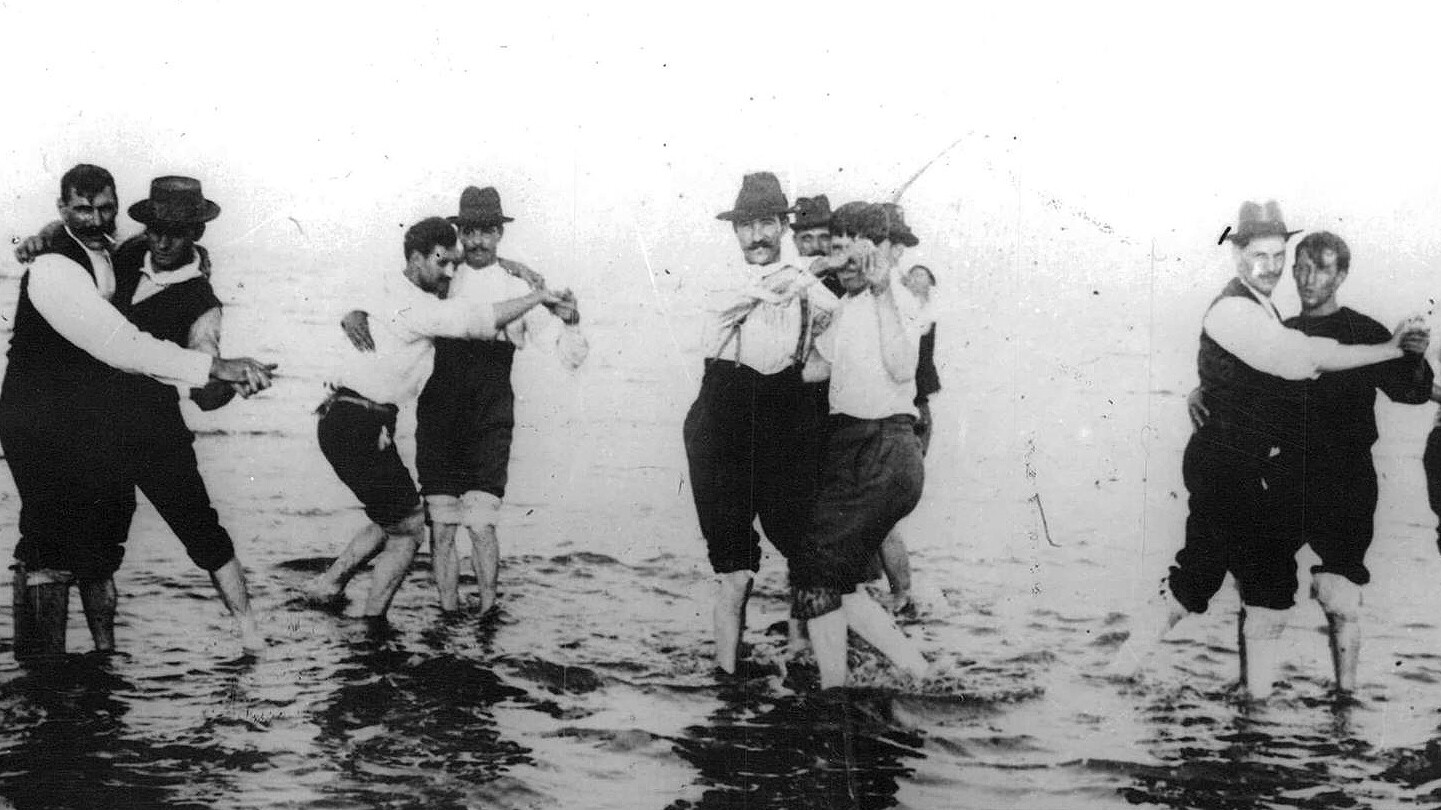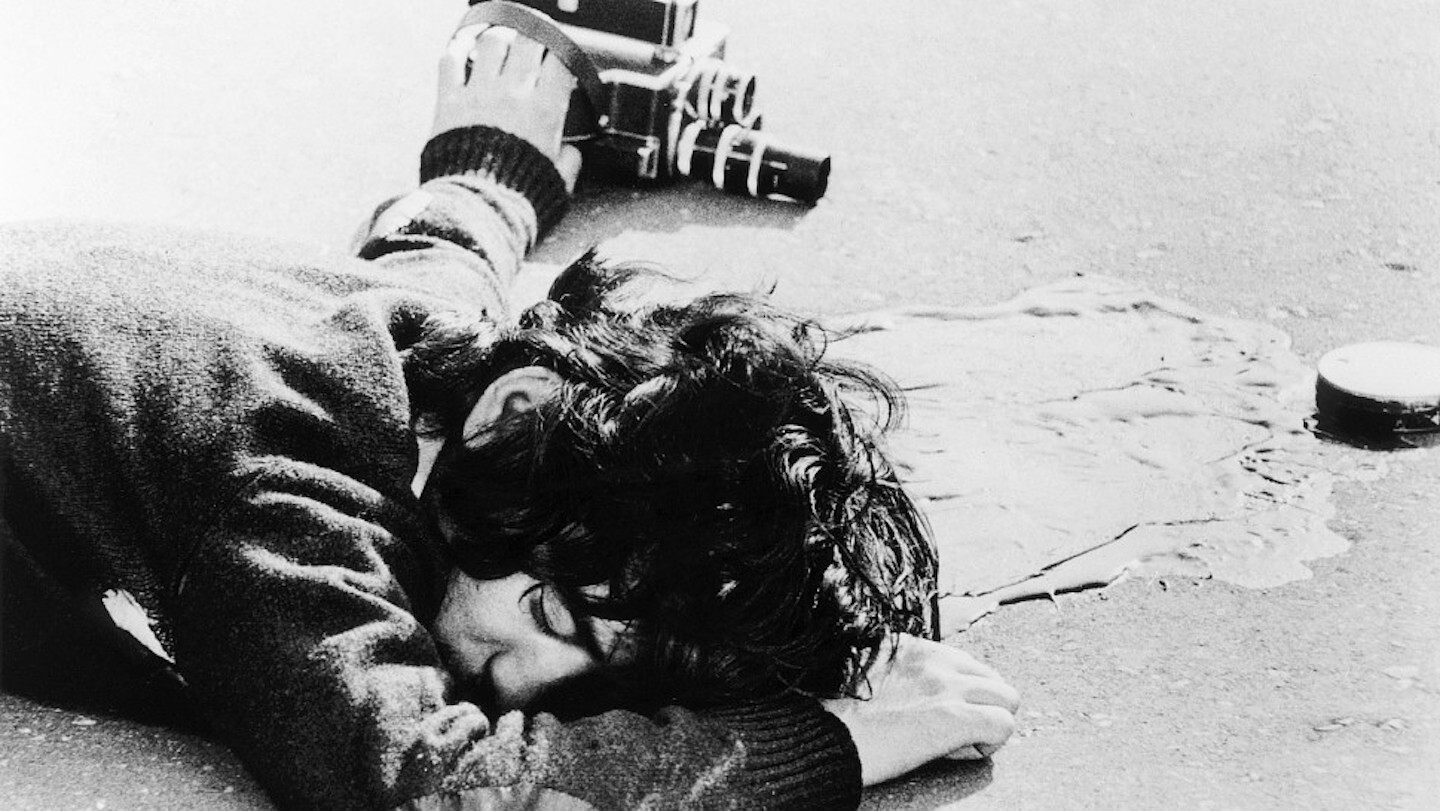Nagisa Oshima Read Bio Collapse
Uncompromisingly iconoclastic, Nagisa Oshima (1932-2013) was one of the most politically driven filmmakers of his generation. After an early involvement with the student protest movement at the prestigious Kyoto University, Oshima joined Shochiku Studios as an apprentice, quickly rising in rank to become a director. His third feature Night and Fog in Japan (1960), an experimental elegy to the failed student-led protest movement, was immediately pulled from theatrical distribution by Shochiku. Disillusioned with studio policies, Oshima broke away to form his own independent production company in 1965. Moving away from party politics, he increasingly turned towards a broader critique of Japanese history and national identity. He was especially interested in dissecting the contradictions and tensions of postwar westernized society. A restless experimental and self-questioning drive led Oshima to invent different styles for most of his films, from the long sequence-shots of Night and Fog in Japan, to the fast and disorienting cutting of films like Violence at Noon (1966) and The Man Who Left His Will on Film (1970).



